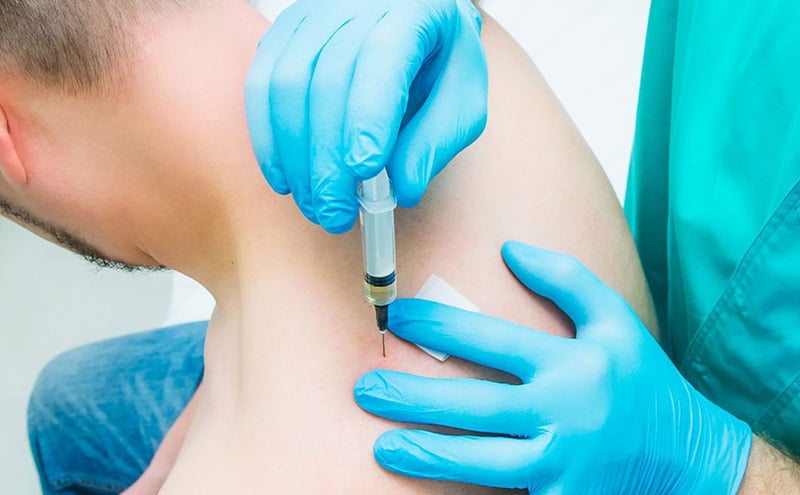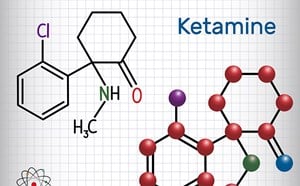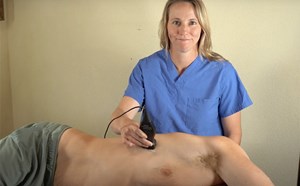
Trigger Point Injections in the Emergency Department
The Not So Triggered Patient
At 11:00 pm on a Saturday overnight, between the weekend warriors who had sipped a bit too much and the 68-year-old smoker who had developed a fever after two weeks of a worsening cough, a 32-year-old gentlemen was triaged to bed 24 for a headache. A chart biopsy revealed multiple primary care doctor visits and three phone calls documented in the chart earlier in the day for an intractable headache and upper back pain not responsive to his home pain regimen consisting of Tylenol and Motrin. The last message in the chart read “instructed patient to go to the emergency room if the pain does not resolve.” Timothy had been experiencing headaches and back pain for years, which had been acutely exacerbated. Eventually, after months of waiting, he had finally been accepted into a pain clinic after his primary care doctor had significant difficulties controlling his pain. Unfortunately, his first appointment was not scheduled for nearly a month. Timothy’s current pain exacerbation had been present for three days and had reached the point where it was interfering with his job as an auto mechanic. This pain, like his prior pain, began around his right posterior shoulder and progressively radiated to encompass his right posterolateral head. On exam, readily apparent were two 1 cm circumferential tender nodules that when palpated, reproduced his pain.
Headaches and back pain are common presentations to the emergency department. As emergency physicians, we often see similar patients who have failed home therapies of Tylenol and Motrin. In the appropriate scenario, trigger point injections are another treatment than can be added to the emergency physician’s treatment armamentarium.
An Old Tool in the Toolbox
Trigger point injections are not new. As described by a fascinating review article by Shah et al, trigger points were first identified in the early 1800s, undergoing further investigations until the 1950s when Dr. Janet Travell began to research extensively on the topic. They are described as a tender “taut band” of muscle with “hyperirritable nodules” that can often be palpated on exam.1 Since this time, trigger points have found their way into part of treatments for multiple conditions, such as back pain, migraines, and chronic tension headaches. Although the exact mechanism is unknown, and there is some controversy surrounding efficacy of trigger point injections, many patients have had successful treatment with this technique.2 Trigger point injections can be performed rapidly, without significant disrupt in workflow, as the materials required are simple. A 1.5 inch 25- or 27-gauge needle, 3-5 mL syringe, 1% lidocaine without epinephrine (or 0.25% bupivacaine), and a bandage are all that are required. After locating the trigger point with physical exam, and using proper sterile technique, insert the needle through the skin and into the identified trigger point. Inject 0.5-1ml of local anesthetic once into the center of the trigger point. Withdraw the needle to the level of the subcutaneous tissue and redirect the needle 3-5 times back into the trigger point. Apply the bandage.3 ACEP has posted a how-to video here.
A Satisfied Patient
The two trigger points identified on Timothy’s trapezius muscle were injected. 15 minutes after the injection, Timothy experienced significant relief of his pain. He finally felt he could sleep, so he would be able to return to work. He was discharged to home with follow-up in pain clinic.
References
- Shah JP, Thaker N, Heimur J, et al. Myofascial trigger points then and now: a historical and scientific perspective. PM R. 2015 Jul;7(7):746-761.
- Robbins MS, Kuruvilla D, Blumenfeld A, et al. Trigger point injections for headache disorders: expert consensus methodology and narrative review. 2014 Oct;54(9):1441-1459.
- Alvarez DJ, Rockwell PG. Trigger points: diagnosis and management. Am Fam Physician. 2002;65(4):653-661.
Connor McElligott, MD
PGY-2, Emergency Medicine Residency
University of Connecticut
Jessica Oswald, MD, MPH
Division of Pain Medicine, Department of Anesthesiology
Division of Emergency Medicine, Department of Emergency Medicine
University of California, San Diego, CA


